Getting your first dog is like falling in love – it’s exciting, overwhelming, and you think you’ve got everything figured out until reality hits. You research breeds online, fall for those adorable puppy photos, and imagine long walks and cozy cuddle sessions. But what happens when your dream dog turns into a four-legged hurricane that chews your favorite shoes, ignores your commands, and seems to have endless energy reserves? As canine professionals, we’ve seen countless first-time owners who thought they knew what they were getting into, only to find themselves struggling with breeds that require far more experience than they initially realized.
The Siberian Husky: The Beautiful Escape Artist
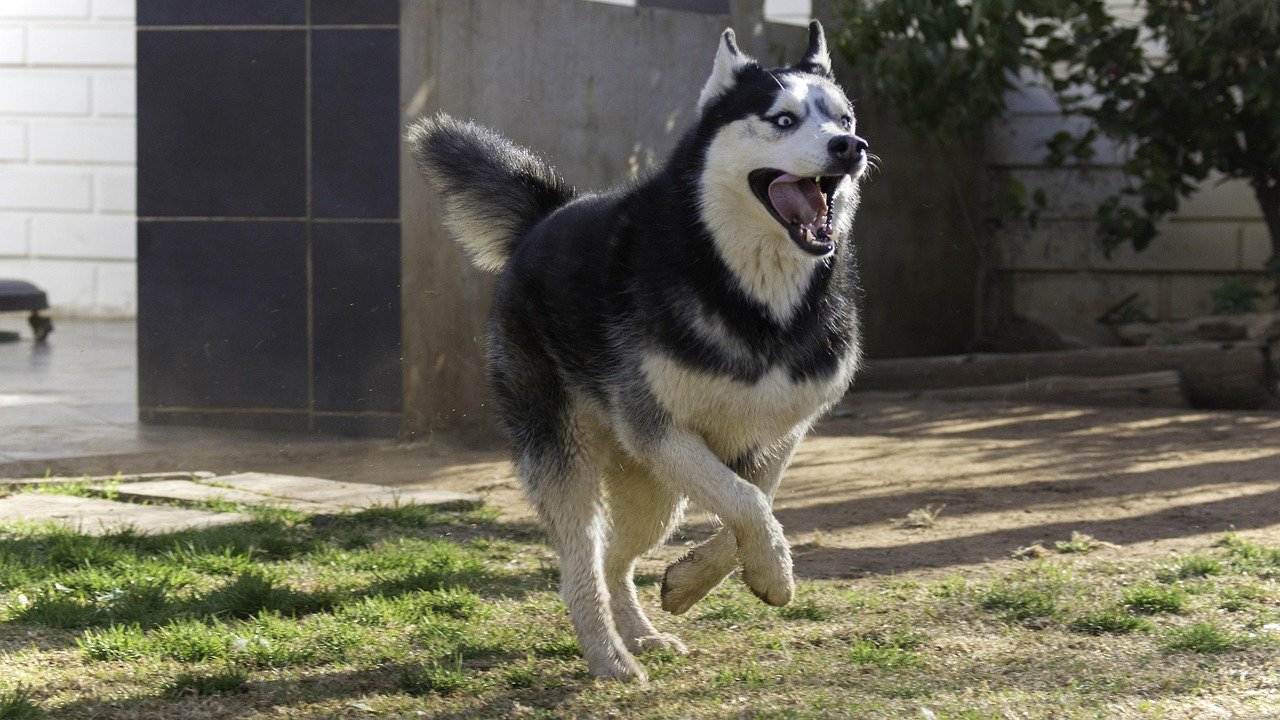
Siberian Huskies attract many first-time owners with their stunning appearance and wolf-like looks, but they’re enthusiastic and highly energetic breeds who require vigorous daily exercise and consistent leadership. Picture this: you’re calling your husky back during a walk, and they look at you with those piercing blue eyes as if to say “thanks for the suggestion, but I’ve got places to be.”
These dogs are notorious escape artists with terrible recall, so they should never be off leash. They can be destructive when their emotional and exercise needs aren’t met, and their escape artist abilities make them unsuitable for first-time owners. Many new owners underestimate how much mental and physical stimulation these arctic athletes truly need.
Border Collie: The Workaholic Genius
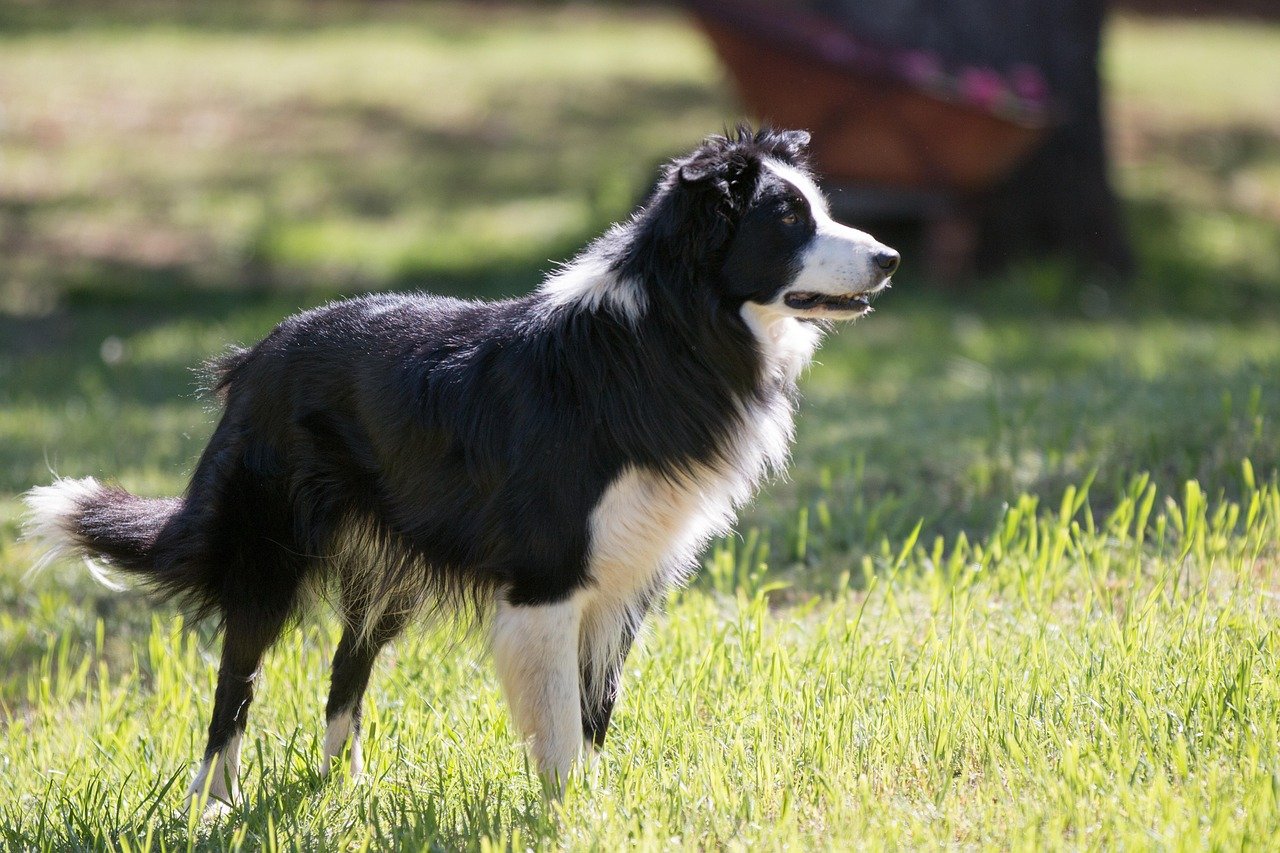
Border Collies need up to two hours of exercise daily and can chew furniture, scratch walls, and break house training if they don’t get enough exercise. They’re considered the most intelligent dogs, needing less than five repetitions to understand new commands, but they’re independent dogs who need constant entertainment.
With their high intelligence and history as herders, having a job to do helps address their higher physical and mental stimulation needs, and they may resort to herding people or destructive behaviors if these needs aren’t met. These dogs need lots of mental stimulation and their high energy levels make it challenging to meet their exercise needs, while their natural herding instincts can lead to nipping.
Jack Russell Terrier: The Tiny Tornado
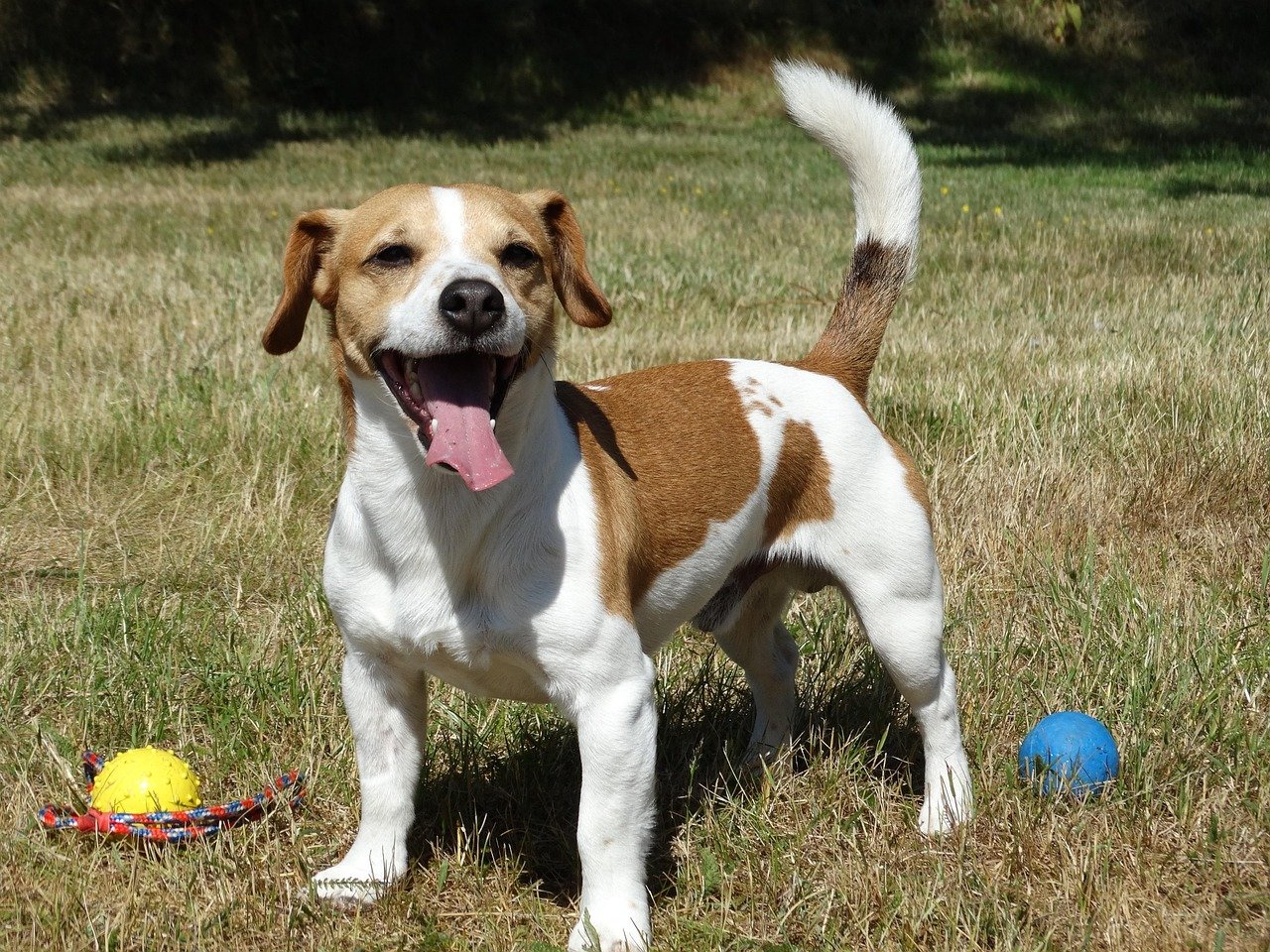
Jack Russell Terriers don’t believe they’re small dogs and are very high energy with strong prey drive, stemming from their hunting history, and they’re fond of getting into trouble, love digging, and are apt to escape. Many experienced and inexperienced dog owners are overwhelmed by their demands, as the traits that make them excellent hunting dogs are often interpreted as bad habits, requiring long-term commitment to obedience, activity, exercise and entertainment.
Jack Russells can be very headstrong, so being confident and consistent is important, and it’s easy to give in and let them get their way, but they will learn this is okay and run rings around you, making future training far more difficult. Their intelligence combined with their stubbornness creates a perfect storm for new owners who aren’t prepared for their relentless energy.
German Shepherd: The Overprotective Guardian
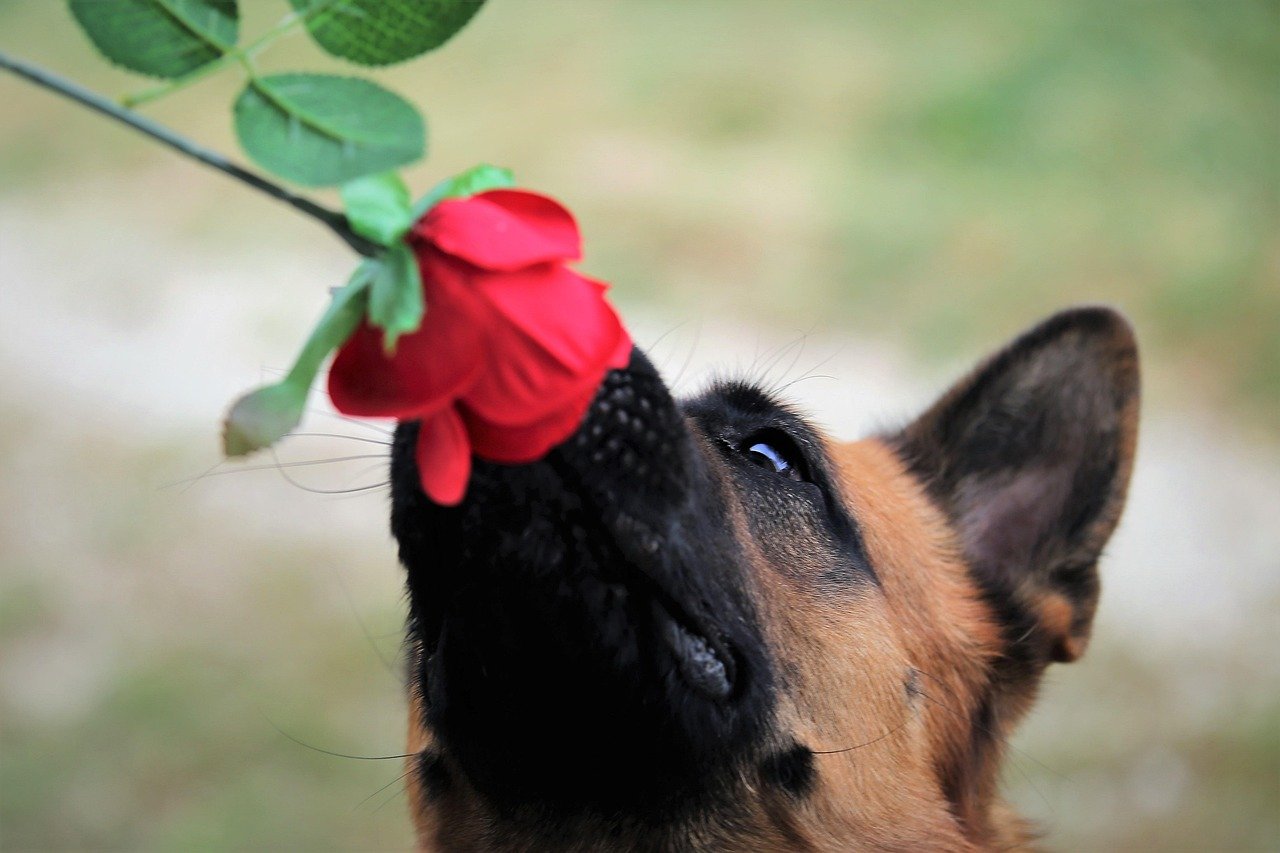
German Shepherds are bright, stately and confident dogs that need intense training to control their guarding instincts. They may look intimidating, but they’re high maintenance, exceptionally smart, and bred for various jobs, requiring essential training, and being left to their own devices can lead to overly protective and sometimes aggressive behavior.
These guardian breeds with strong protective instincts can be more challenging for inexperienced owners, requiring proper socialization, consistent leadership, and early training to ensure they become well-behaved and well-adjusted companions. Without proper guidance, their natural protective instincts can become problematic for families who aren’t equipped to handle such intensity.
Australian Cattle Dog: The Relentless Worker
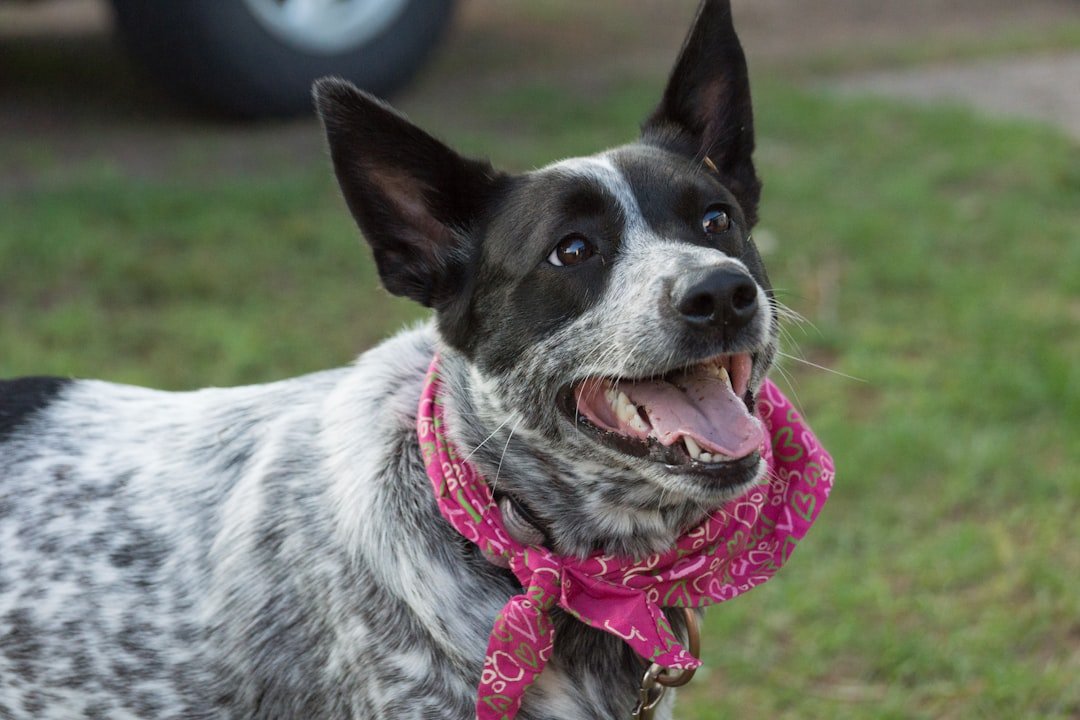
Australian Cattle Dogs are stubborn with relentless drive, razor-sharp intelligence, and an independent streak, and they don’t slow down for anyone, thriving on work and constantly looking for more to do – like an employee who never takes breaks and chews your furniture when bored. They’re not ideal for first-time owners due to their stubborn nature and intelligence that helps them trick their owners, requiring lots of exercise to channel their energy, and they can be wary of new dogs and strangers.
These dogs were literally bred to control cattle – imagine trying to redirect that intensity toward sitting quietly in your living room. Their work ethic is admirable but exhausting for unprepared owners. Without a job to do, they’ll create their own entertainment, and trust me, you probably won’t like their creative choices.
Rhodesian Ridgeback: The Independent Lion Hunter

Rhodesian Ridgebacks are not recommended for first-time dog owners as they’re not as forgiving as labs and goldens, aren’t people pleasers, have strong personalities, and do best with experienced owners who aren’t timid or intimidated by large, physically powerful and strong-willed dogs. They’re not recommended for first-time or inexperienced owners, requiring a firm but gentle hand, plenty of exercise, mental stimulation, and aren’t suitable for timid owners due to their size, intelligence, and power.
This breed needs higher than average conditioning, socialization, training, obedience, rules and boundaries from day one, they’re independent thinkers (stubborn), and without strict and consistent training, they will likely develop behavior issues. They can be willful and get bored easily, so they’re not recommended for first-time owners, requiring clear boundaries that everyone in the household must maintain, needing patience and slow progress initially.
Akita: The Dignified Protector
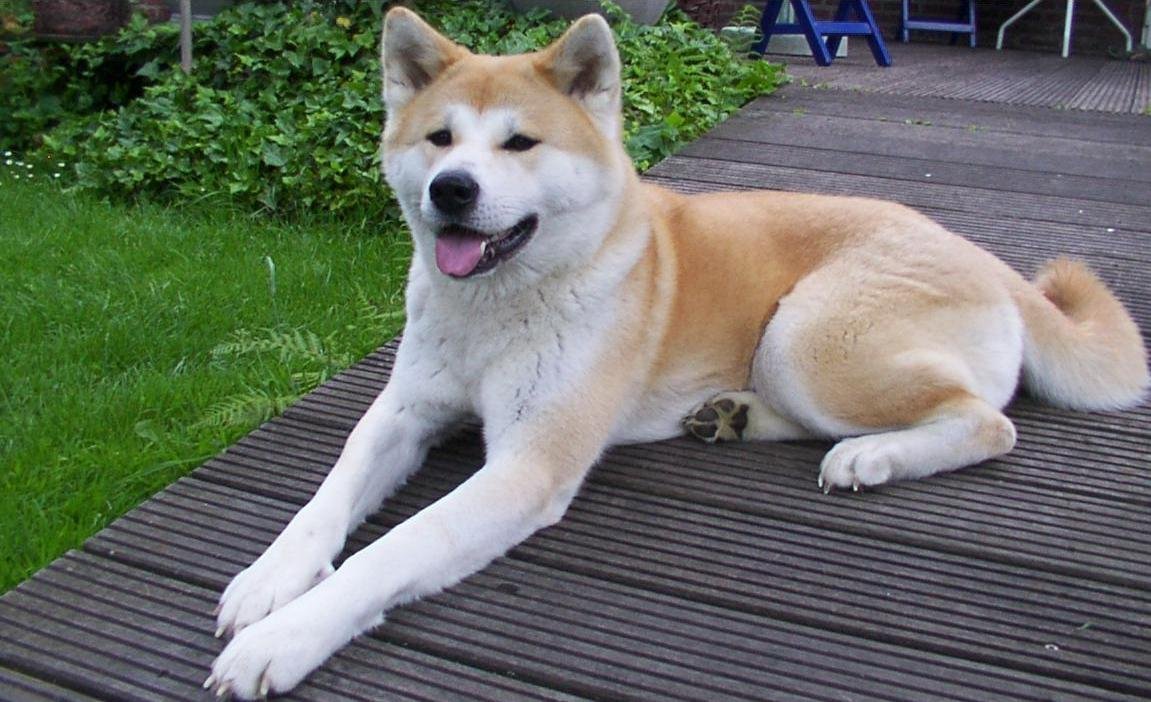
Akitas were bred to hunt big game, so they have strong prey drive and can be aggressive if not adequately socialized and trained, being highly protective by nature, often wary of strangers, and not always getting along with other dogs, requiring experienced pet parents. Despite being a national treasure in Japan, Akitas aren’t for everyone, developed to hunt big game with strong prey drive and potential aggression toward other dogs.
Known to be quite loyal and protective, they can be challenging due to their hunting background creating strong prey drive around smaller animals, plus they’re smart and stubborn, requiring firm, knowledgeable owners for both standard training and socialization. Their combination of loyalty and independence makes them wonderful companions for the right owner, but their strong-willed nature can overwhelm novice dog parents.
Weimaraner: The Gray Ghost
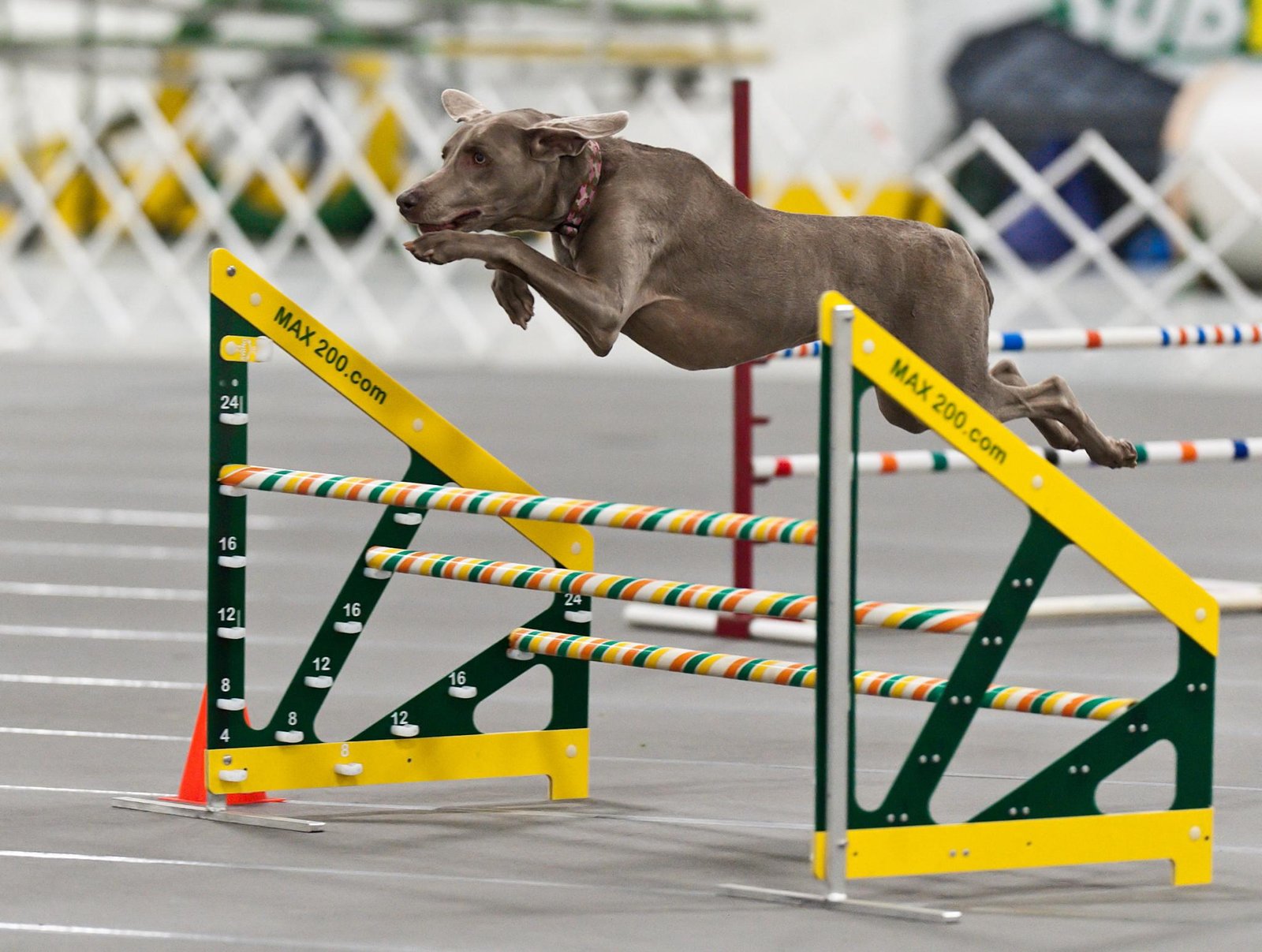
Weimaraners are intelligent dogs needing experienced owners, difficult to train at home due to high prey drive and tendency to chase other pets, and even after jogging, you’re unlikely to tire them out without providing more exercise, earning the nickname “Gray Ghost” as they shadow your every move while plotting their next adventure. They need experienced owners to manage them, are difficult to train at home due to high prey drive and chasing instincts, can accompany you jogging but need additional exercise, and love playing games and competing in agility courses.
These sleek athletes have an almost supernatural ability to appear wherever you are, combined with energy levels that would make a marathon runner jealous. Their prey drive means your cat might not appreciate their company, and their intelligence means they’ll find creative ways to entertain themselves when you’re not providing adequate stimulation.
Beagle: The Stubborn Foodie
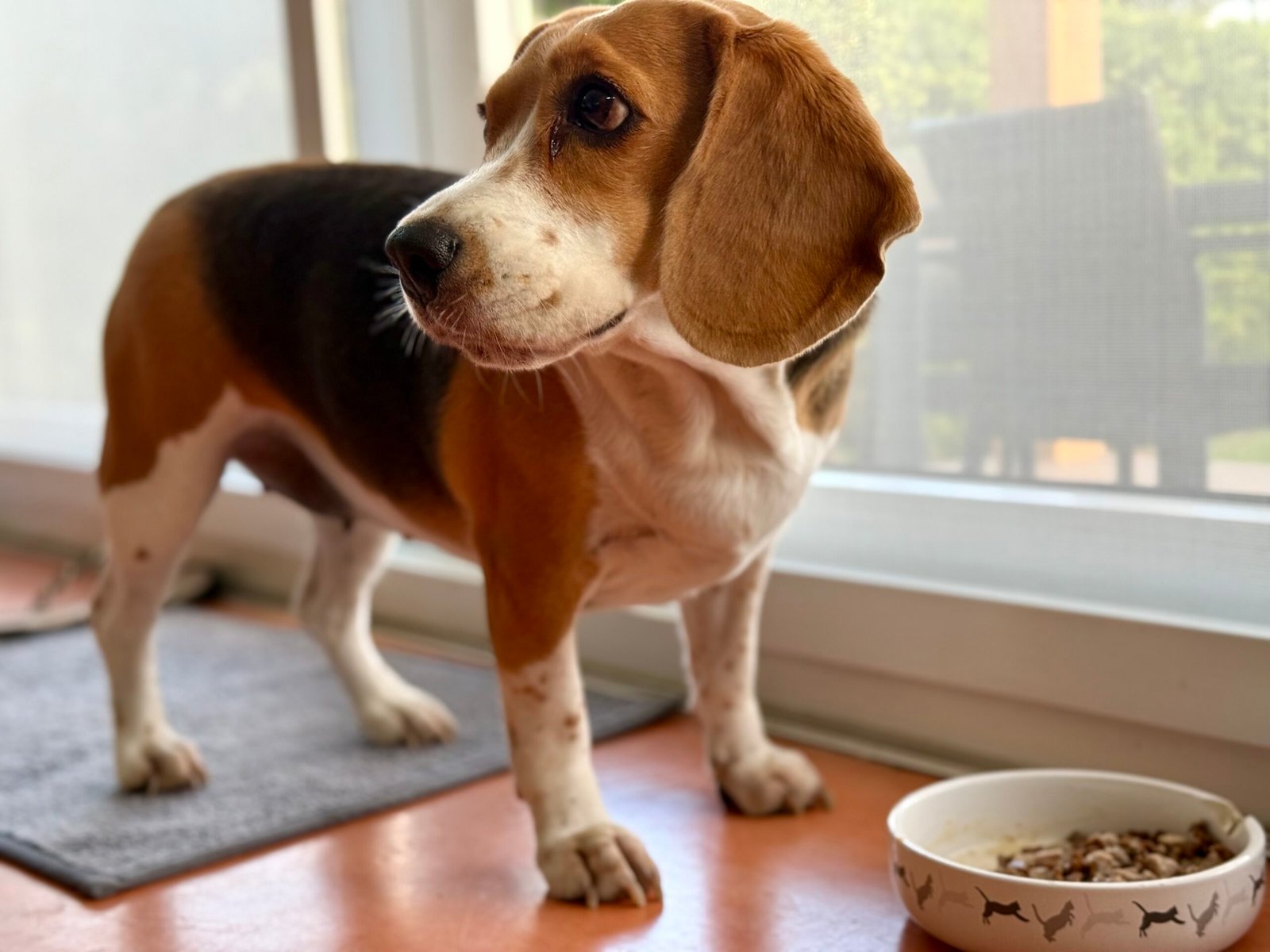
Beagles can have an independent streak that makes training challenging, being stubborn and requiring consistent and patient training methods, and they can be vocal and may not be easy to train. Whether it’s the stubbornness of a Beagle that tests the limits of patience and positive reinforcement skills.
While Beagles tend to be more forgiving and adaptable than some breeds, making them slightly easier to train for first-time owners, their affectionate nature and eagerness to please can balance out their stubborn streak. However, their nose-driven nature means they’ll follow interesting scents regardless of your commands, and their food motivation can sometimes work against you when there’s something more interesting to investigate.
Rottweiler: The Gentle Giant with Attitude
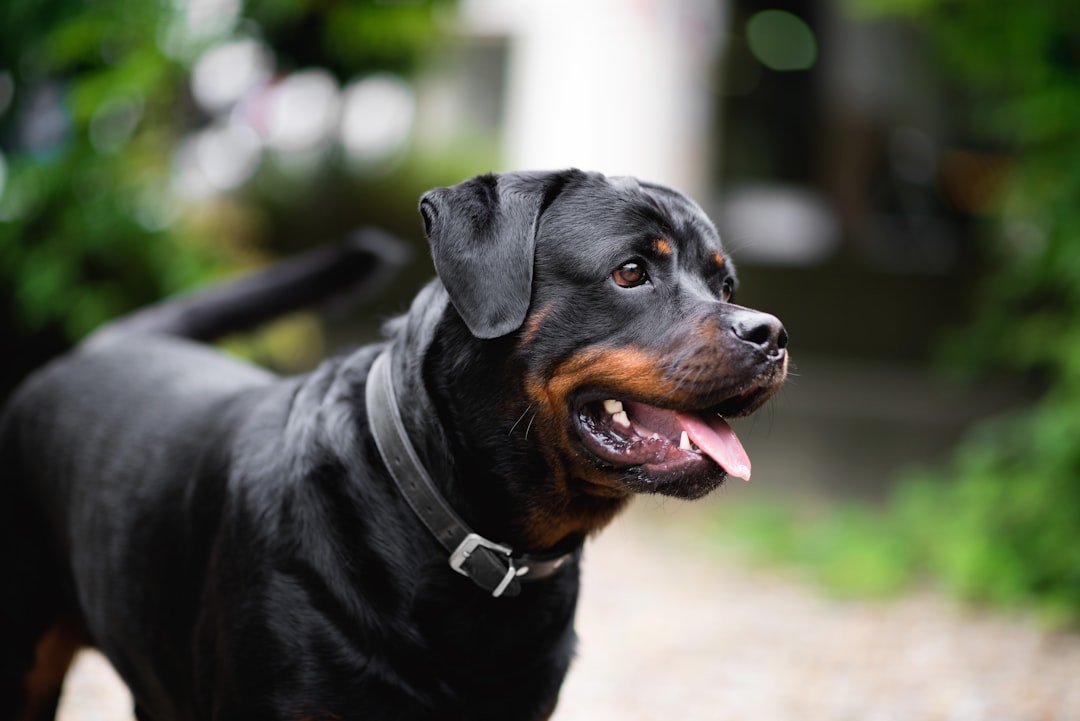
Rottweilers are usually extremely loyal to their owners when properly trained, but early socialization and consistent, firm training are key, as they can be stubborn and become overly protective if not trained correctly, requiring owners who understand establishing clear leadership and boundaries. They can be amazing, friendly, obedient dogs, however they require constant training and strict rules to maintain that behavior.
Rottweilers are active breeds requiring regular exercise and plenty of mental stimulation, ideal for active families, but they can have strong personalities and may be best suited for experienced dog owners. Due to their high prey drives, they often do best in homes without small children or other pets, with experienced dog owners willing to invest in consistent, regular training making great companions for these gorgeous dogs.
The Reality Check
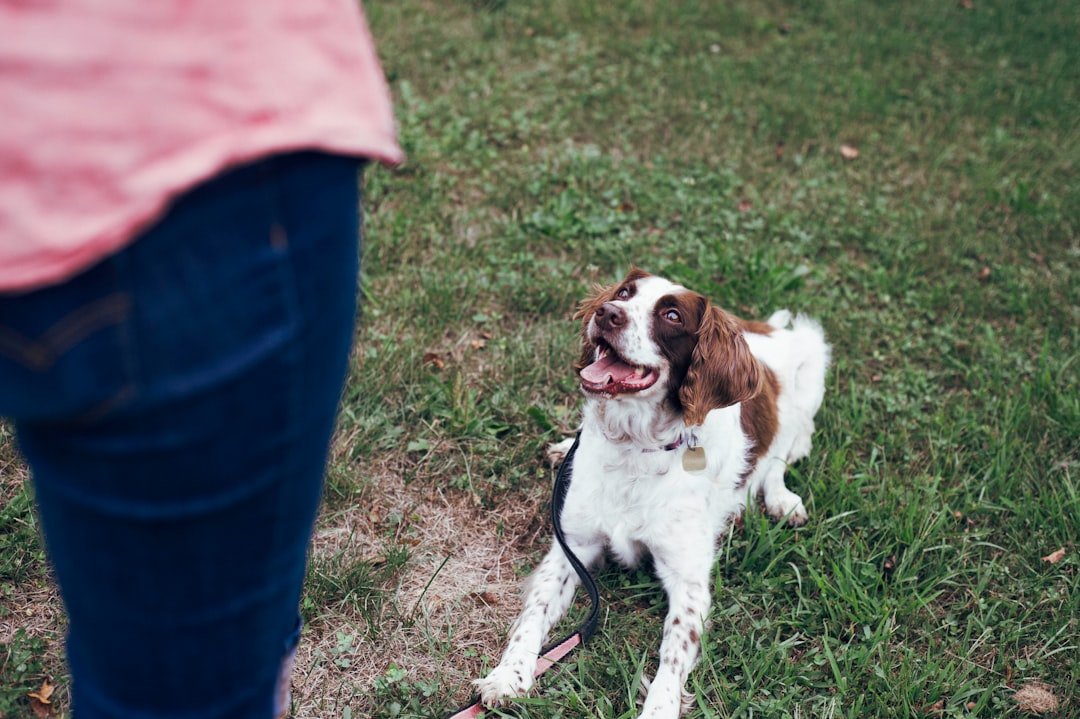
Here’s the truth that nobody wants to hear: loving dogs isn’t enough. These breeds don’t end up in rescue because they’re bad dogs – they end up there because well-meaning families underestimated what they were signing up for. Every single one of these breeds can make incredible companions, but they need owners who understand their specific needs and have the experience to meet them.
The most successful dog ownership stories happen when people choose breeds that match their lifestyle, experience level, and long-term commitment abilities. Your first dog doesn’t need to be your dream dog – it should be your learning dog. Once you’ve mastered the art of canine communication, earned your stripes with consistent training, and truly understand what it means to be a pack leader, then you can consider taking on these more challenging breeds.
Remember, there’s no shame in starting with an easier breed and working your way up. Some of the most devoted dog lovers I know began with gentle Golden Retrievers or patient Labradors before eventually welcoming more challenging breeds into their homes. The key is being honest about your current skills and choosing accordingly. After all, wouldn’t you rather set both yourself and your future furry friend up for a lifetime of success rather than years of frustration?





